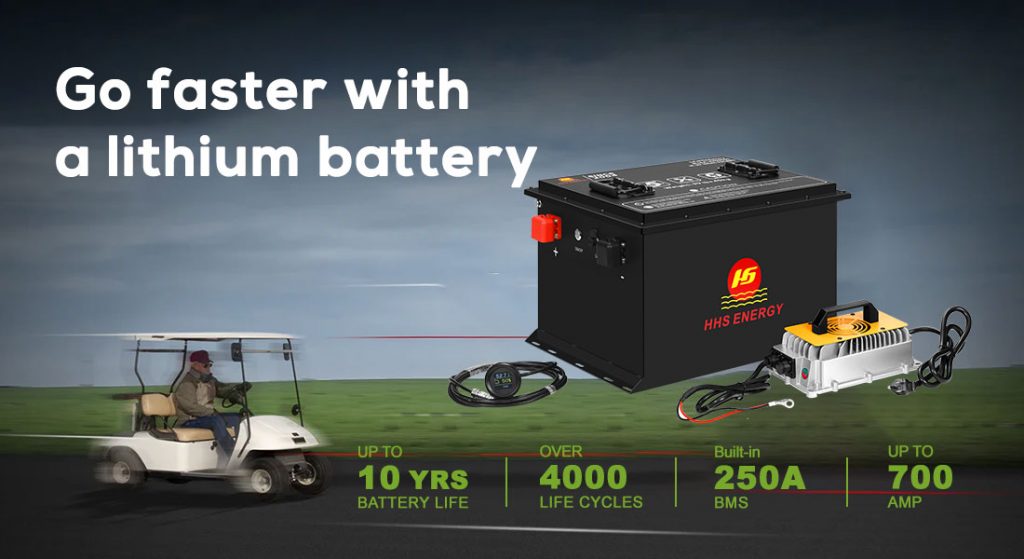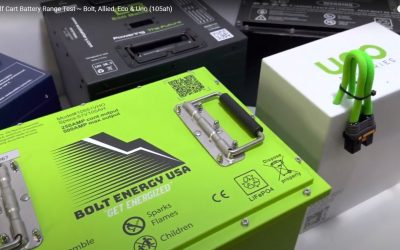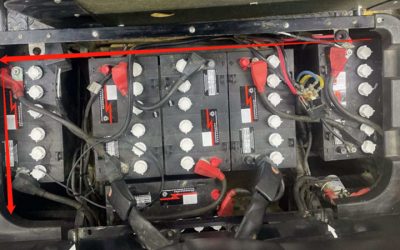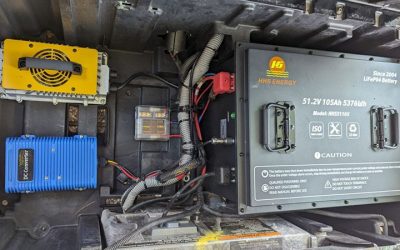Do Lithium Golf Cart Batteries Last Longer? A Full Breakdown

When it comes to upgrading your golf cart, one of the most significant decisions you’ll face is which type of battery to use. As the electric vehicle industry rapidly evolves, lithium batteries—particularly LiFePO₄ (Lithium Iron Phosphate)—have become the gold standard for golf carts. But do lithium golf cart batteries really last longer than traditional lead-acid ones? In short: yes. But let’s explore why.
Understanding the Basics: Lead-Acid vs. Lithium
Traditionally, most golf carts have used lead-acid batteries. These batteries are relatively cheap and widely available. However, they come with drawbacks: they are heavy, require frequent maintenance (like topping off water levels), and degrade quickly with use.
Lithium batteries, on the other hand, are lighter, more energy-efficient, and virtually maintenance-free. While they do have a higher initial cost, their performance and longevity make them a worthy investment for many golf cart owners.
Battery Lifespan: How Long Do They Really Last?
One of the key selling points of lithium batteries is their lifespan. A well-maintained lead-acid battery can typically last 2 to 5 years, depending on usage and care. In contrast, high-quality lithium batteries often last 8 to 10 years or more.
This difference stems from how each battery handles charging cycles. A lead-acid battery can typically withstand 500 to 1,000 full cycles, while lithium batteries, particularly LiFePO₄, can handle 3,000 to 5,000 cycles or even more before dropping below 80% of their original capacity.
This means that over the course of their life, lithium batteries can last up to 5 times longer than their lead-acid counterparts.
Performance and Efficiency Over Time
Not only do lithium batteries last longer, but they also maintain performance much better throughout their lifespan. Lead-acid batteries tend to lose capacity gradually, leading to noticeable reductions in power and range as they age. You may notice your golf cart getting slower or requiring more frequent charging.
Lithium batteries, in contrast, deliver consistent voltage and power output until nearly the end of their life. This translates to smoother acceleration, longer run time, and better climbing power—crucial if your golf cart is used on hilly terrain or for commercial applications.
Maintenance: A Hidden Cost in Battery Longevity
Lead-acid batteries require frequent maintenance: checking and refilling water levels, cleaning corrosion, and ensuring proper charging. Improper care significantly shortens their life. For example, letting them discharge too deeply or overcharging can quickly degrade the internal plates.
Lithium batteries are sealed and maintenance-free. No water refills, no corrosion, and no constant check-ups. As long as you follow basic charging guidelines, they’ll continue performing without hassle.
This not only reduces labor and time but also ensures the battery lives up to its full potential lifespan.
Environmental Factors and Temperature Tolerance
Lithium batteries also outperform lead-acid in terms of temperature tolerance and resilience to deep discharges. Lead-acid batteries degrade faster in extreme temperatures and should never be discharged more than 50% of their capacity.
In contrast, lithium batteries can often be safely discharged to 80–90%, allowing for longer runtime without damage. Their performance in hot or cold conditions is generally more stable, making them a better choice for users in varied climates.
Cost Analysis: Is Lithium Worth the Investment?
At first glance, lithium batteries cost significantly more—sometimes two to three times more than a lead-acid setup. But that initial price doesn’t tell the whole story.
Let’s break it down:
| Factor | Lead-Acid Battery | Lithium Battery |
|---|---|---|
| Initial Cost | Lower | Higher |
| Lifespan | 2–5 years | 8–10 years |
| Charge Cycles | 500–1000 | 3000–5000+ |
| Maintenance | High | None |
| Performance | Declines over time | Stays consistent |
| Weight | Heavy | Light |
Over time, lithium batteries pay for themselves. You’ll likely go through two or even three lead-acid replacements in the time it takes one lithium battery to wear out. Add in lower energy loss during charging, better range, and zero maintenance costs—and the return on investment becomes clear.
Choosing the Right Lithium Battery for Your Golf Cart
Not all lithium batteries are created equal. When selecting a battery, consider:
-
Voltage compatibility with your cart (36V, 48V, or 72V)
-
Battery Management System (BMS) to protect against overcharge/discharge
-
Warranty period and support
-
Brand reliability
Some popular lithium golf cart battery brands include RoyPow, ECO Battery, Allied, BOLT, and HHS Energy, a prominent OEM supplier behind several well-known brands. Choosing a trusted brand ensures long-term performance and support.
Conclusion: The Clear Winner
If you’re looking for the longest-lasting, highest-performing, and lowest-maintenance solution for your golf cart, lithium batteries—especially LiFePO₄—are the clear winner.
While the upfront investment is higher, the long-term benefits in lifespan, reliability, and peace of mind make lithium batteries not just a smarter choice, but the best one.
Whether you’re a casual golfer, a course manager, or a fleet operator, upgrading to lithium will future-proof your ride for years to come.
Let me know if you’d like help comparing brands or sourcing lithium golf cart batteries directly from manufacturers.






